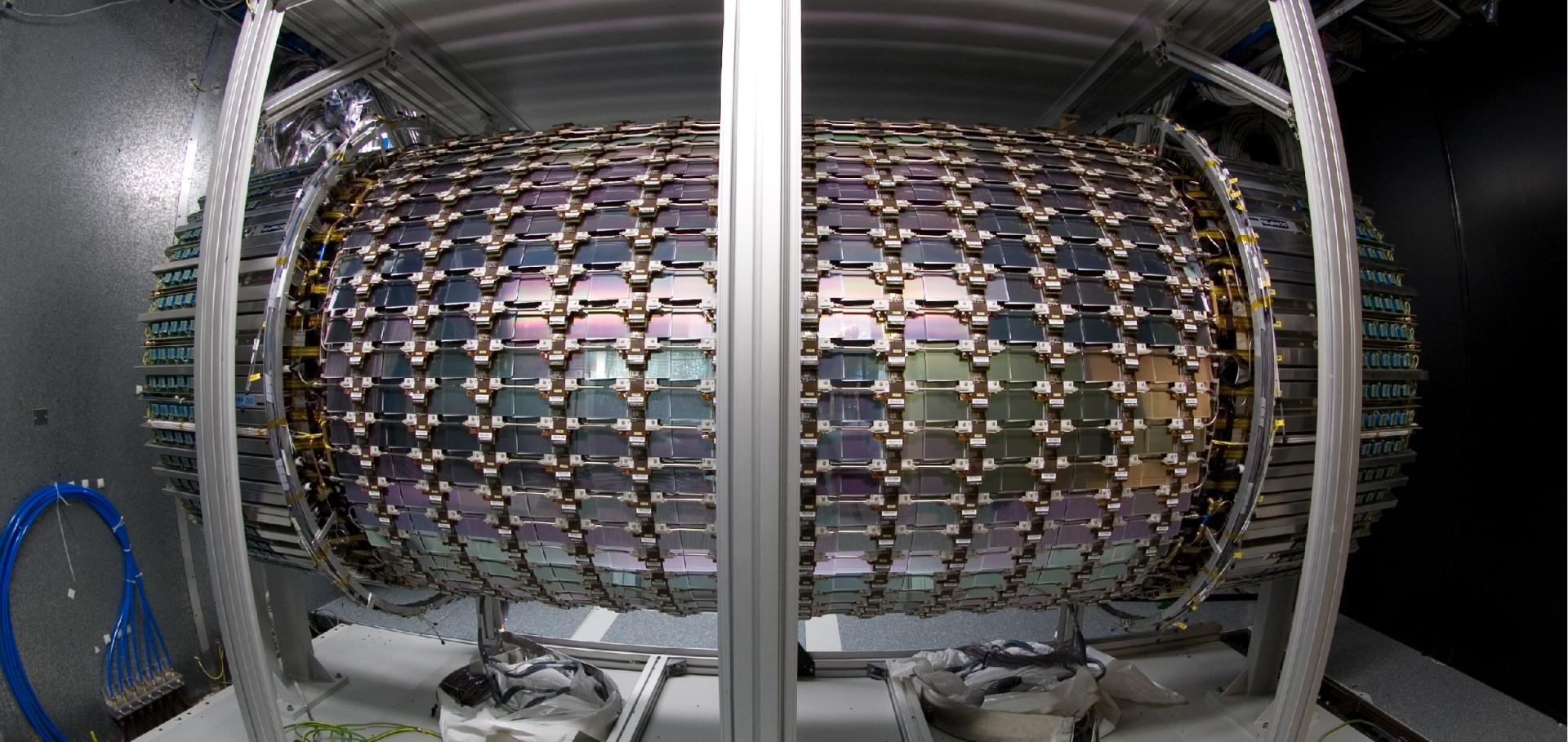Frequency scanned interferometry (FSI): The basis of a survey system for ATLAS using fast automated remote interferometry
NUCL INSTRUM METH A 383:1 (1996) 229-237
Abstract:
A novel optical survey system for continuous alignment of HEP experiments is described. The complete survey system is outlined and the underlying measurement technique, FSI, is described in detail. Preliminary findings made with a laboratory demonstration system for FSI are presented.A life time test of neutron irradiated light emitting diodes
Nuclear Instruments and Methods in Physics Research, Section A: Accelerators, Spectrometers, Detectors and Associated Equipment 373:3 (1996) 320-324
Abstract:
The results of an accelerated life time test of neutron irradiated ABB Hafo radiation hard LEDs are presented. After a 1 MeV neutron irradiation with up to 1.4 × 1014 n/cm2 at the Rutherford Appleton Lab (RAL) ISIS facility, the LEDs have been operated without seeing any degradation due to ageing for a time which is estimated to correspond to about 57 years of operation in the ATLAS Semiconductor Tracker (SCT) at the Large Hadron Collider (LHC). The irradiation decreased the light output of the LEDs substantially, but during the operation of the LEDs a fast annealing of most of the irradiation damage was observed.Characteristics of a 'HARP' signal processor with analog memory operated with segmented silicon detectors
IEEE Transactions on Nuclear Science Institute of Electrical and Electronics Engineers (IEEE) 41:4 (1994) 1130-1134
Electronics and readout of a large area silicon detector for LHC
Nuclear Instruments and Methods in Physics Research Section A Accelerators Spectrometers Detectors and Associated Equipment Elsevier 344:1 (1994) 185-193
APC3-A Charge Sampling, Storage & Readout Chip for Silicon Detector Readout RD2 Collaboration
IEEE Transactions on Nuclear Science 41:4 (1994) 1091-1094


